The Ultimate Guide to Growing Salix Willow Trees in Pots [UK]
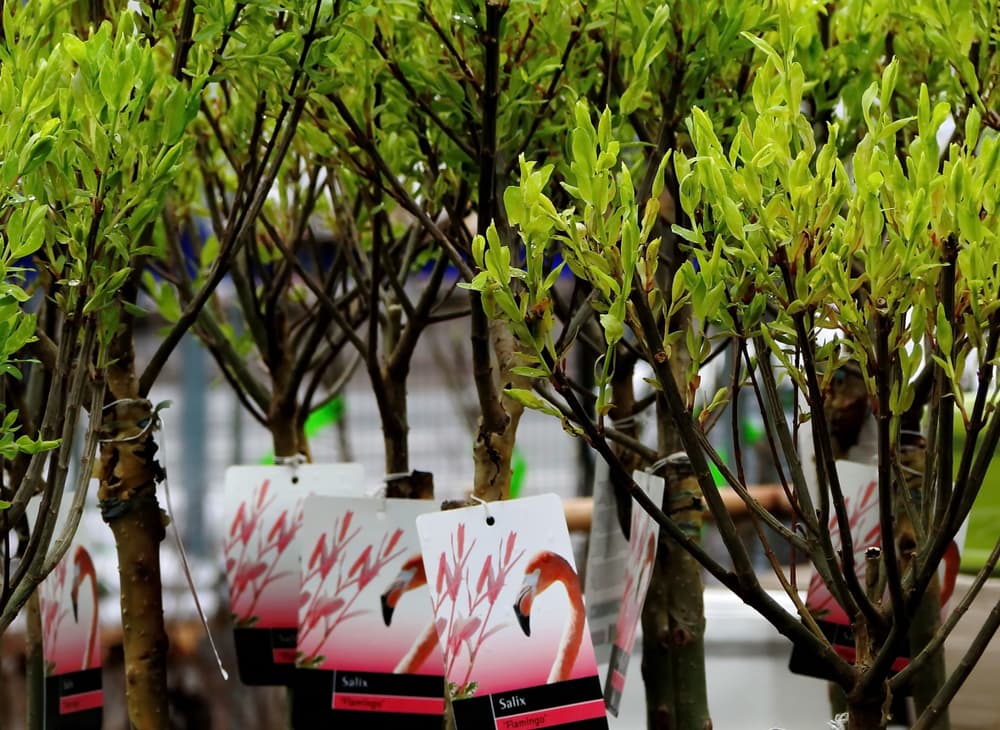
Table of Contents
Are you seeking the answer to whether growing willow in pots in the UK is possible? Well, there is a yes, but we have to choose from diverse varieties that are possible to grow in pots.
The Willow tree belongs to the genus of Salix, which has around 350 species of deciduous trees (a tree that sheds leaves annually) and shrubs grown in temperate regions. However, only a few of them, such as dwarf weeping willow, which features foliage with pendulous habits, and grow up to 8 ft tall, are growable in pots and containers.
Willow also holds a pivotal role in our lives because we rely on the chemicals it produces for aspirin and pharmaceutical products. Most species develop slender green leaves that turn yellow in fall, and then in spring, they grow fuzzy catkins.
Growing Salix (Willow Trees) in Pots
1. Variety Selection
As mentioned above, there are 350 shrubs and trees varieties of willow that can be divided into two groups, the first is called osier due to its slender leaves, and the other is known as shallow because of its wider foliage. Most of them fall into the other group.
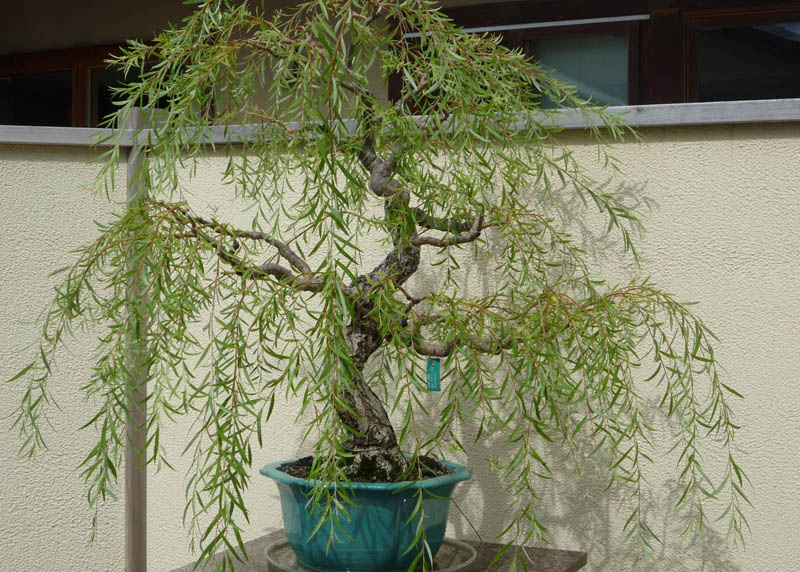
Next, the majority of willow varieties grow larger in size, around 80-100 feet which is unthinkable to grow in containers.
On the other hand, some dwarfs with weeping forms or pendulous habits are able to thrive in pots.
Furthermore, the variety that can be coppiced (cut back for growth) regularly is apt for growing in pots. Still, the problem is not completely solved, and there are also some varieties that grow like shrubs and are hard to cut back due to their compact structure. Then they need overplus of water, which could be a tough nut to crack.
Some viable options for growing in the pot:
- Weeping Goat Willow or Kilmarnock
- Dappled Willow or Hakuro Nishiki (Salix Integra)
- Salix Helvetica or Swiss Willow
- Salix Lanata or Woolly Willow
- Salix Boydii or Boyd’s Willow
2. Choose a Suitable Pot
Now that we have got an understanding of varieties, it is time to get familiar with pots. The basic idea is to let the root grow freely. This can be achieved by choosing a container that accommodates the root. A pot with an appropriate size, 18 inches, would be enough for a suitable willow tree.
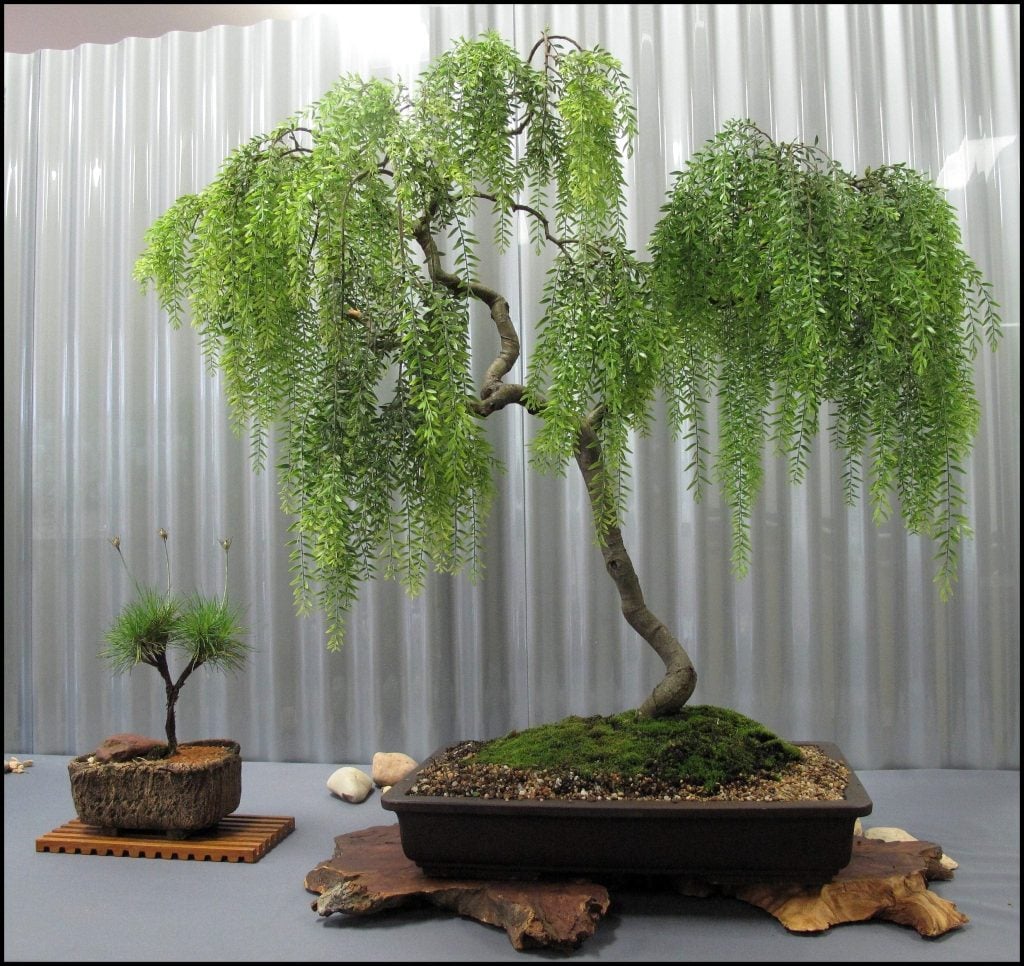
Additionally, a depth of around 24 inches will allow a dwarf salix variety to grow its roots freely and deeply. This much space would make the tree flourish quickly and continuously. Choosing a pot with such dimensions will allocate plenty of space for a willow tree to develop its roots and spread sufficiently.
Also, there should be a drainage hole in the pot so that the tree roots don’t deteriorate due to exorbitant moisture or waterlogging. The next step will elaborate on soil and conditioning elements in this pot.
Sturdy Materials recommended for pot:
- Plastic
- Earth ware
- Ceramic
3. Make the Appropriate Conditions and Sow
Now you will learn how growing willow in pots in the UK can be challenging. There are some things to keep in mind before planting the tree in a pot. First, you need to know that they flourish in full sun and require substantial watering. Consequently, the pot must be filled with a well-drained potting mix.
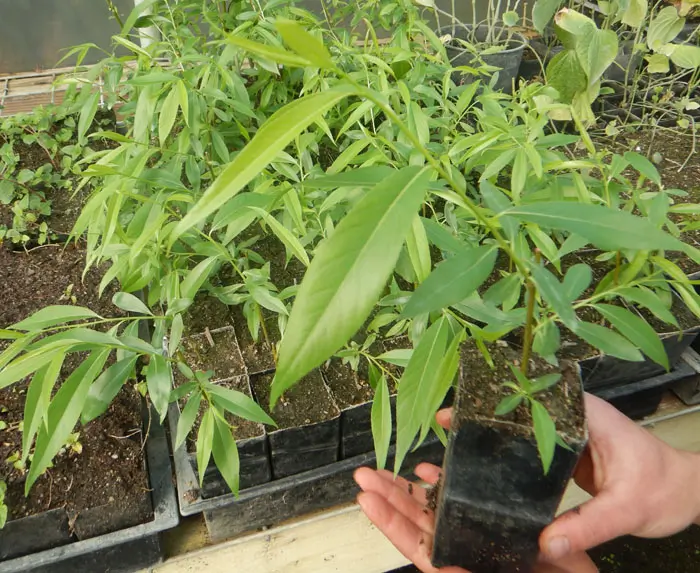
Varieties that are grown on land can encroach foundations of houses; hence they are planted far from the foundation area. However, for houses with limited space, it is ideal to pick a dwarf variety and start growing it in a container. Willow trees from osier that are cut back frequently flourish well in colder regions.
Some steps are a must to follow before sowing seed or its cuttings (which is much easier):
- Cut a terminal branch from a withy variety.
- Sow the end into moist soil with adequate drainage.
- Keep the potting soil damped until it grows roots.
- Soak the roots in a container filled with water.
- Plant in a suitable pot that can handle its root spread.
- Cover the area around the roots with well-drained soil and water adequately.
- Take good care while it grows.
4. Maintain Its Health with Care
One main reason people do not choose to grow willow is the intensive labor required for growing it. Watering, saving from harm, and other concerns are a must to take into consideration while you are having a willow tree as a pet.
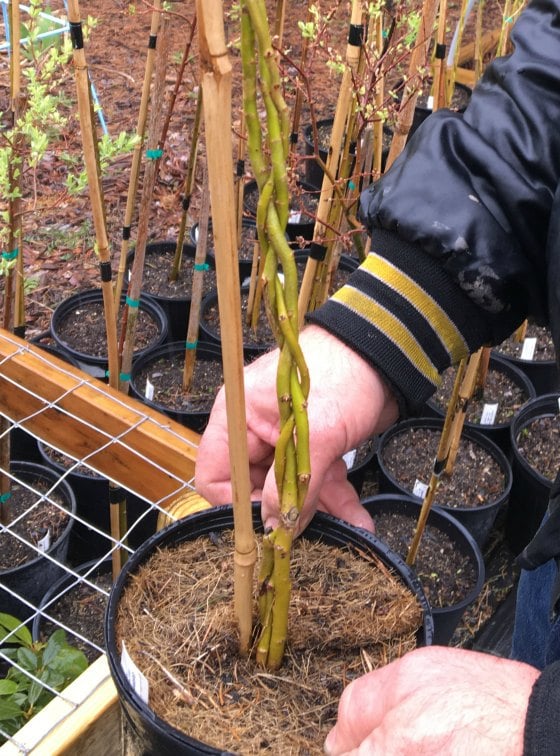
First, it required slightly acidic and moist, well-drained soil. However, it can survive in loamy or sandy and clay soils as well. Suppose you have already followed the above-mentioned steps and you had no knowledge about the soil, and there is a significant amount of alkaline. Here you need to add sulphur to make it more acidic.
Watering is the second most important part of caring for and maintaining the willow. Ensure you water your willow every week for the first year of planting. After that, you must always check the upper 2 inches of soil is moist.
Full sun is recommended for the plant. So if you don’t expose it to direct sunlight for at least 4 hours, it is not going to thrive at an adequate speed.
Fertiliser is the last step because most varieties do not require much fertiliser. This is required in spring, but only if your willow leaves turn pale. In this situation, apply an NPK 20-20-20.
5. Prune the Willow
Pruning is essential for keeping the plant in good health. This way, you can make sure your Willow is going to grow well in the future because it will focus its energy on one single ladder. Pruning is recommended in winter because it starts to grow back in late winter or spring.
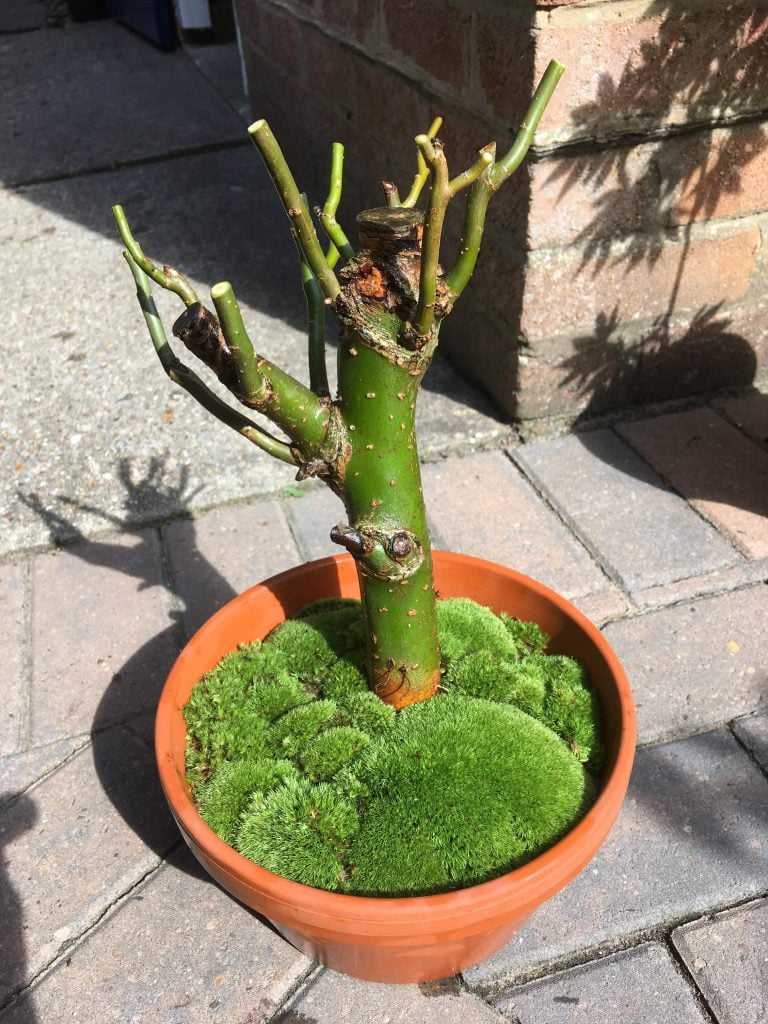
If you choose varieties such as weeping willow, pruning becomes a must. It has a gorgeous form with a bit of dangling habit, which is worth saving with care. Pruning such a variety becomes challenging due to some branches becoming weak and damaged, and if not done properly, they might lose their enthralling form.
Most of the varieties are best to prune annually every fall, and it is easy to do when they are young. The best way to prune is to remove branches that intersect with each other so that it doesn’t damage. In the end, pruning is the best practice to promote the development of decorative stems.
6. Repotting
Most varieties of Salix outgrow their pots, and sometimes trimming doesn’t help anymore. In these situations, the tree must be transferred to another pot with more growing space. Following are some situations mentioned when Willow needs to repot:
- The tree appears to have outbound or outbound overgrown the container.
- When the soil starts to dry out faster than its usual speed.
- If the roots are sticking out from the drainage holes.
- Also, when the tree starts to look bigger in the pot.
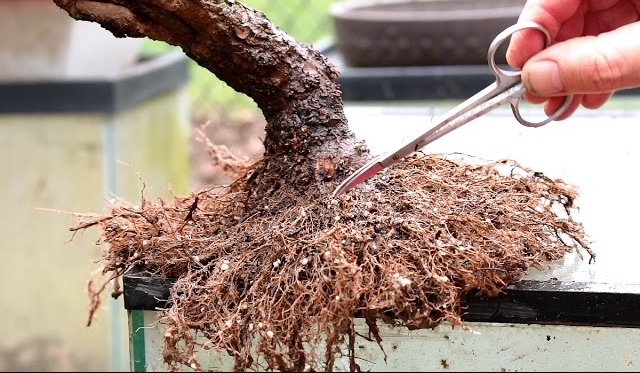
There is not any specific time of the year for repotting willows. However, usually, they are repotted in summer because it is their active growth phase, and they will adapt to new soil and pot. Winter is also considered good as the tree goes dormant. It saves the tree from shock from transplanting.
Steps:
- Water the pot for easy extraction.
- Remove the tree from the first pot.
- Put in the second pot that is bigger than the first one.
- Put a compost layer below the pot and ensure it is in the center.
- Put compost around the stem and water.
- Make sure the soil compacts down after initial watering.
7. Protect from Pests and Diseases
Weeping willow is a susceptible variety. Many pests and diseases can cause it to die. Many insects do not cause a major problem to the tree, but there are some real dangers.
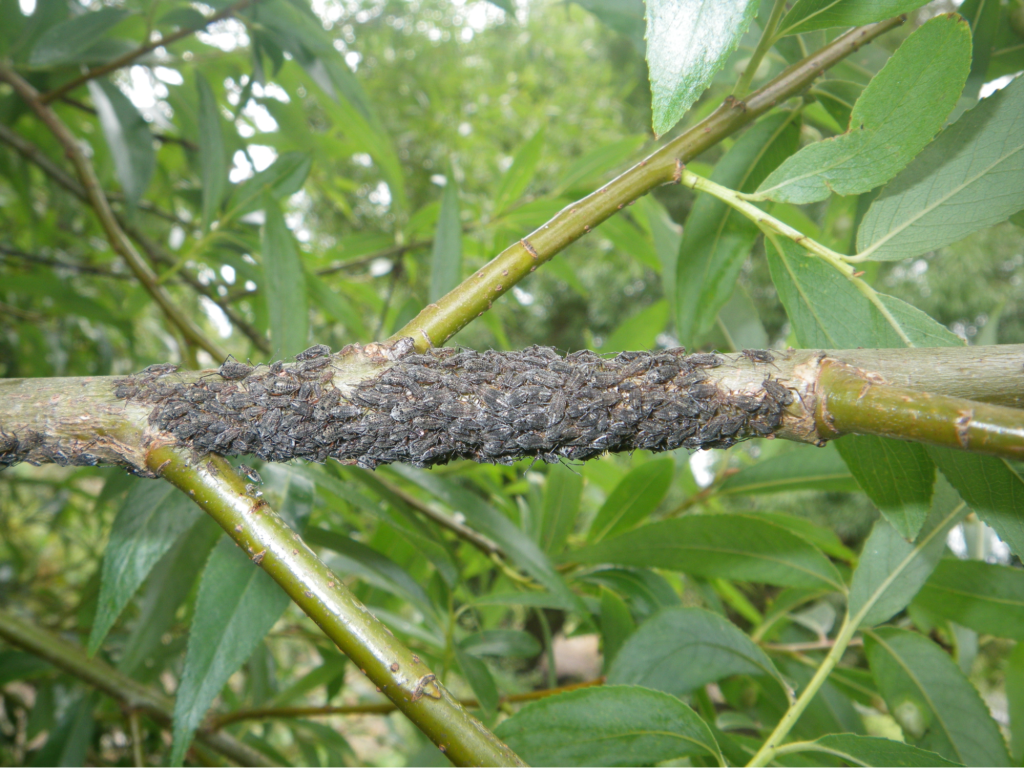
Some pests that can affect Willow areaphids, gypsy moths, borers, lace bugs, and scales. In contrast, Diseases that cause Willow to die can be any of the common diseases such aswillow scabs, blight, fungi, black canker, root rot, mildew, anthracnose, and crown gall.
Solution:
- Spray in the affected areas to resolve the problem of pests. However, choose the chemical spray meticulously since there are some butterfly species that sustain with the help of willow.
- Follow proper maintenance and keep your tools clean while pruning your tree.
- Wash loopers and saws with cleaning liquid to ensure the willow’s safety.
- Dispose of all the weeds if there is any lying around the stem.
8. Uses and Toxicity
These trees are used for a variety of purposes, from making medicines to decorating and inviting wildlife. As mentioned before, one of the willow varieties, white willow’s bark, is used in pharmaceuticals for making aspirin-related medicines. There are other benefits, such as its use as a pain-relieving, anti-inflammatory alternative. It also helps in reducing headaches.
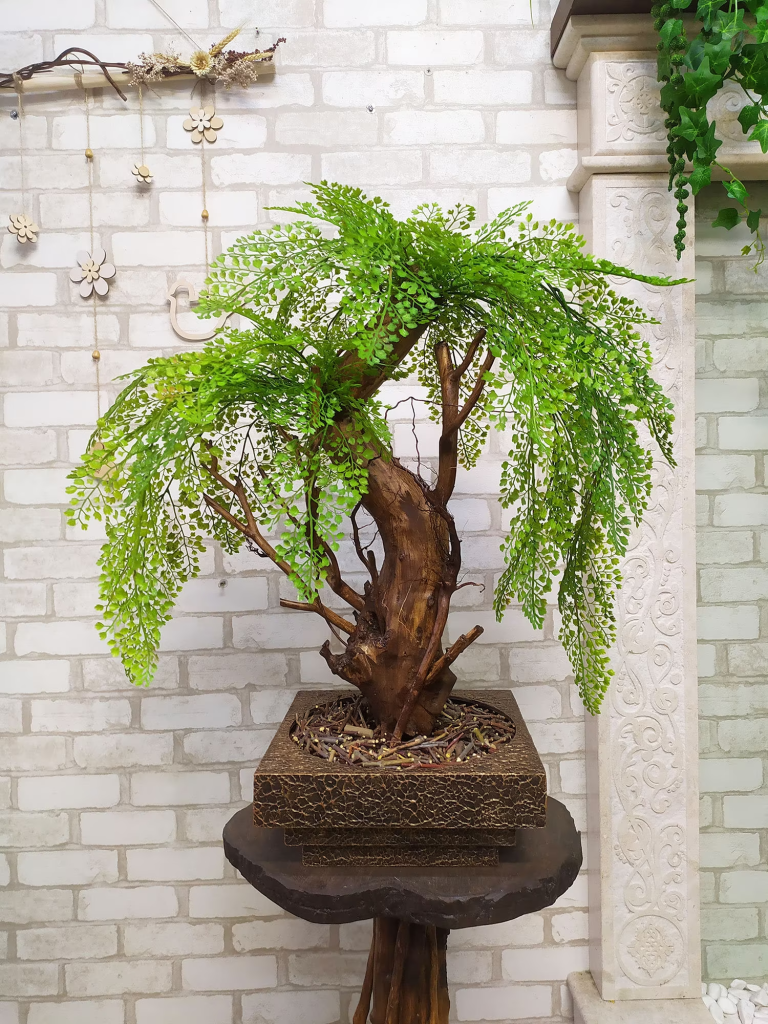
The willow bark is usable for about three months. It can give some people rashes, itching, and allergic reactions if used by those who have aspirin allergies. Moreover, in some cases, people might have heartburn, vomiting, and diarrhoea.
Preventive measures for toxicity:
- People who have aspirin-related allergies should not use it.
- Treat it as a decorative tree rather than a medicinal alternative.
Conclusion
We have discussed eight steps that elaborate on growing willow in pots in the UK. We learned about particular differences between varieties and learned about a few growable pots. After that, we discussed the significance of pot type, followed by maintaining tips.
Pruning is another thing that must be done for the spontaneous growth of the willow tree. Then we figured out that some situations, such as overgrowth and roots coming out of drainage holes, are signs that willow should be repotted.
In the last two points, we got information about pests and diseases and prevention as well as uses and toxicity, respectively.
All in all, we found out how to grow a willow tree in a pot. We hope you will welcome your willow in the near future. Happy planting!


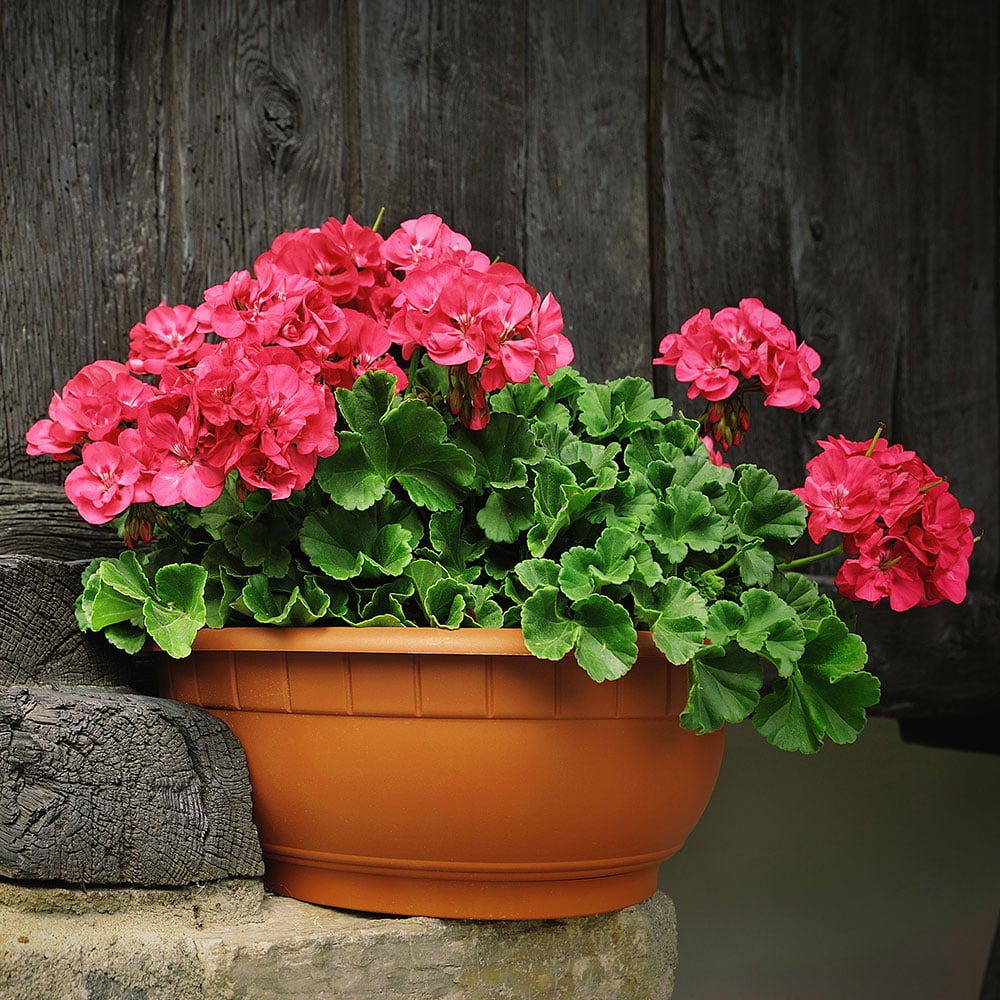

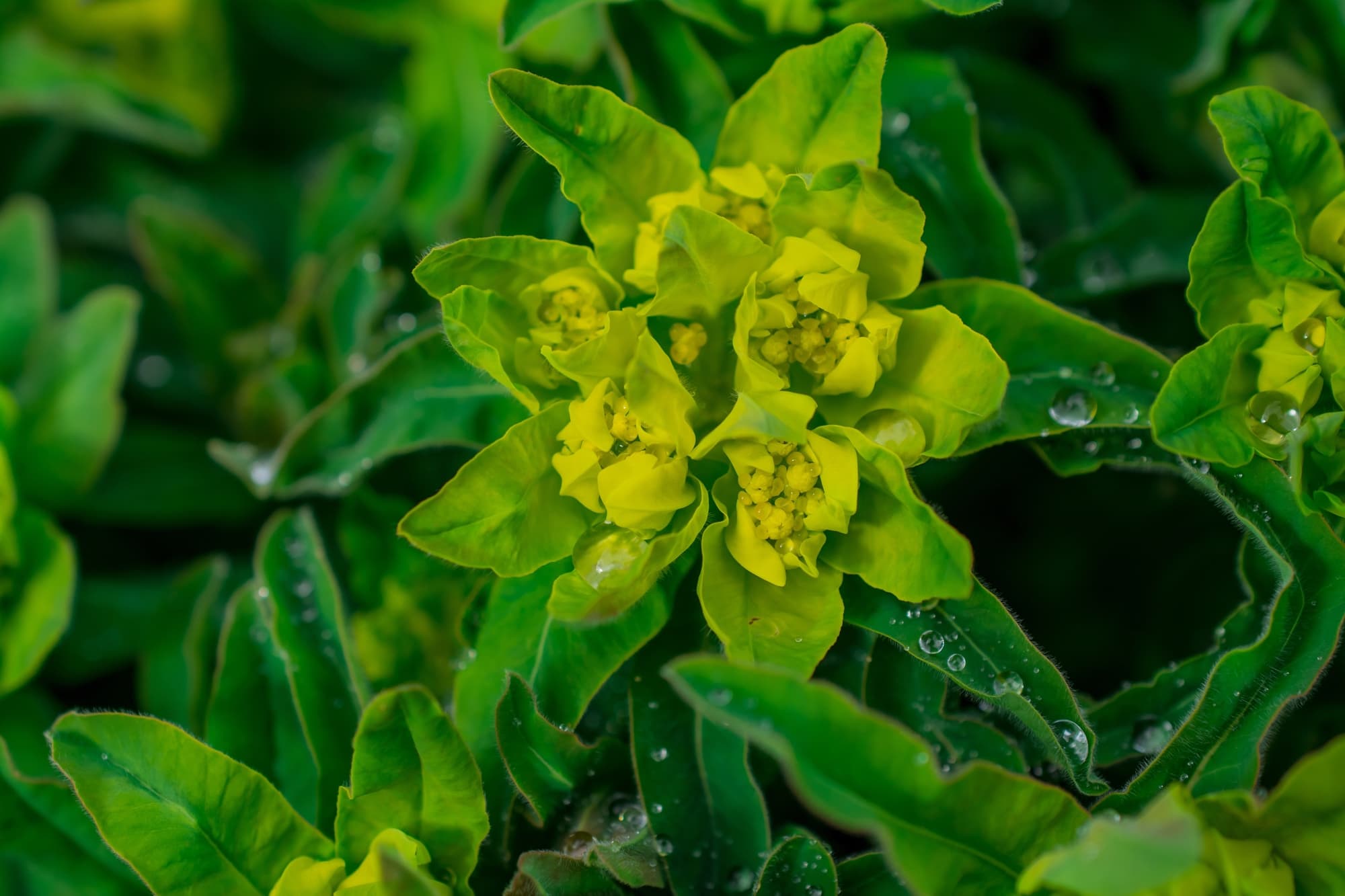
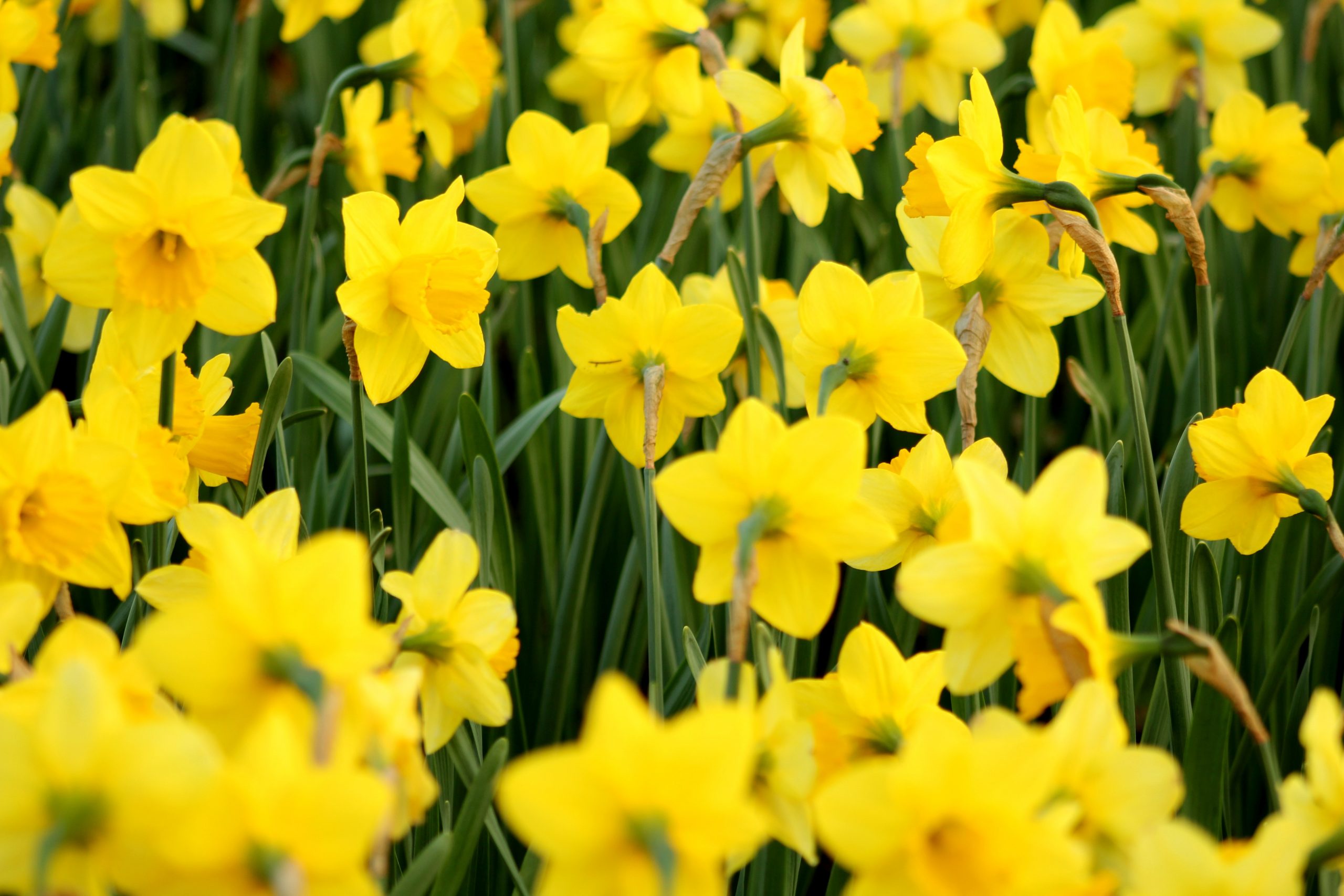
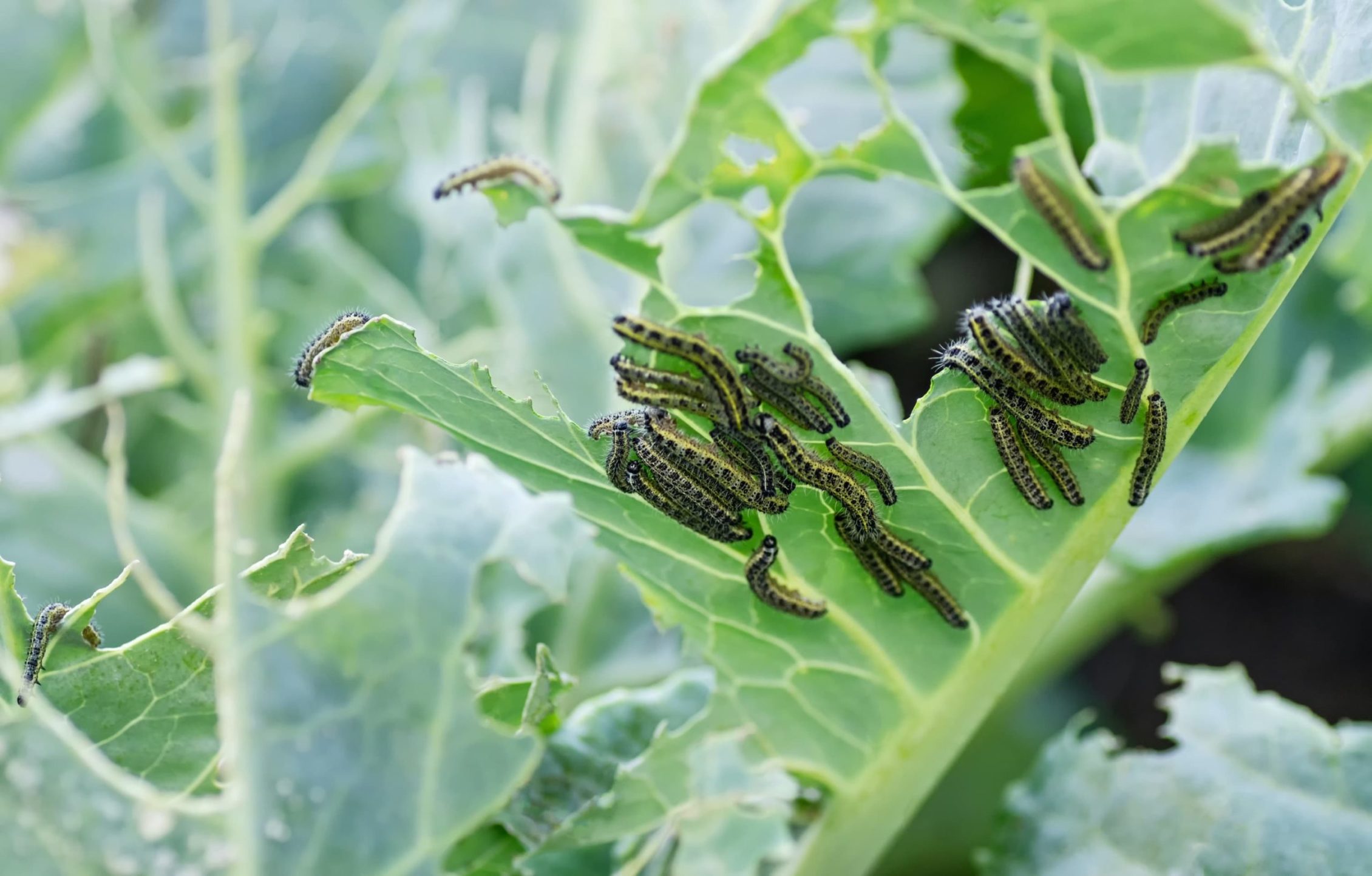
6 Comments